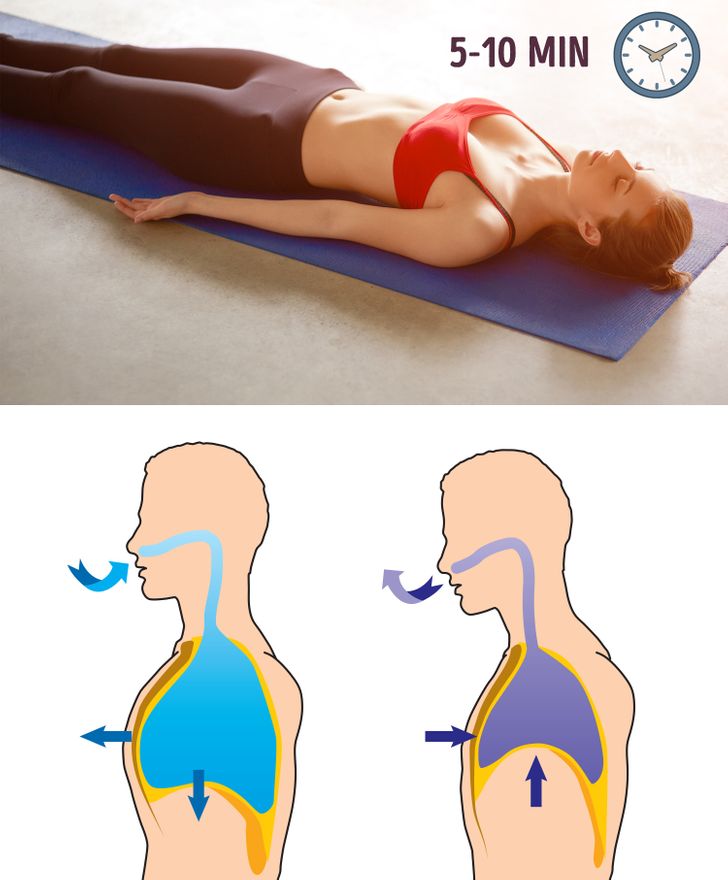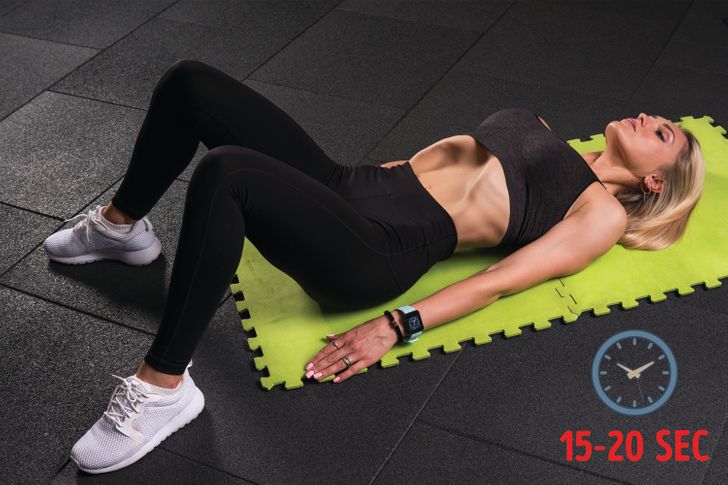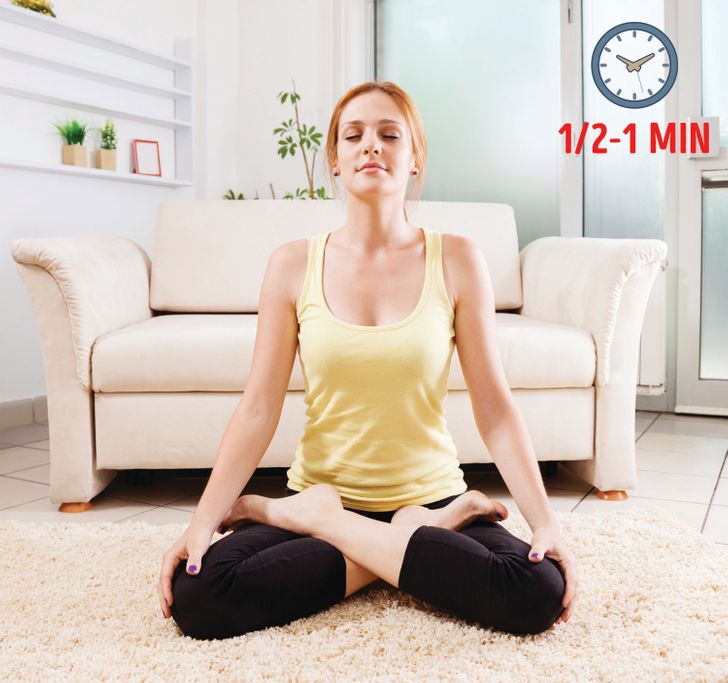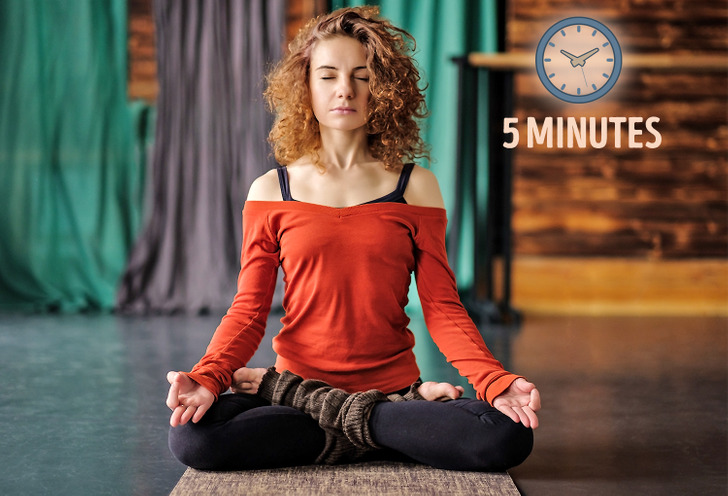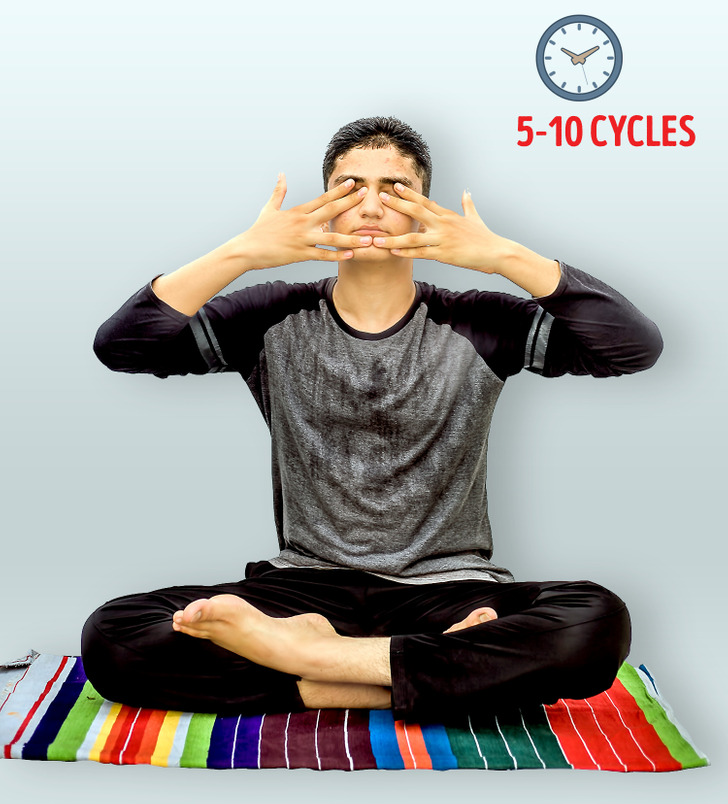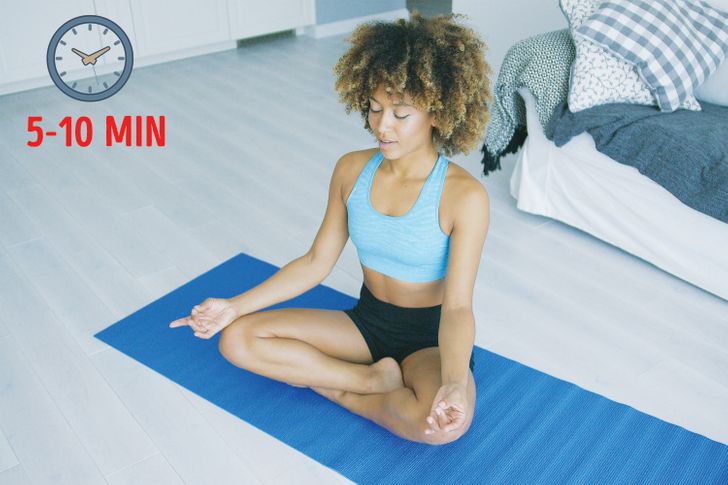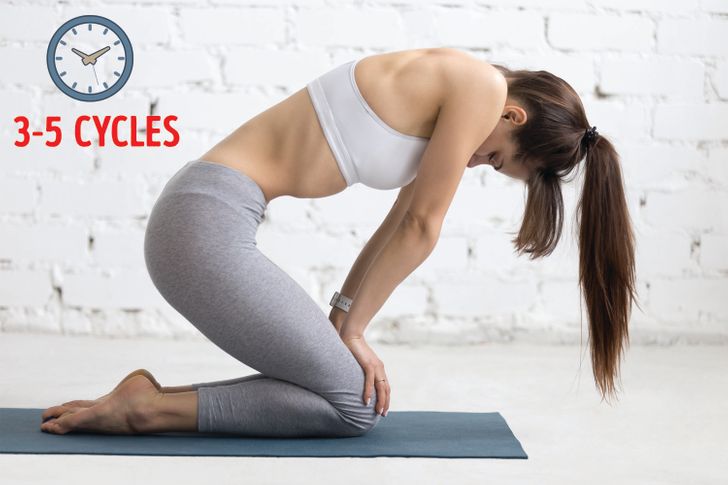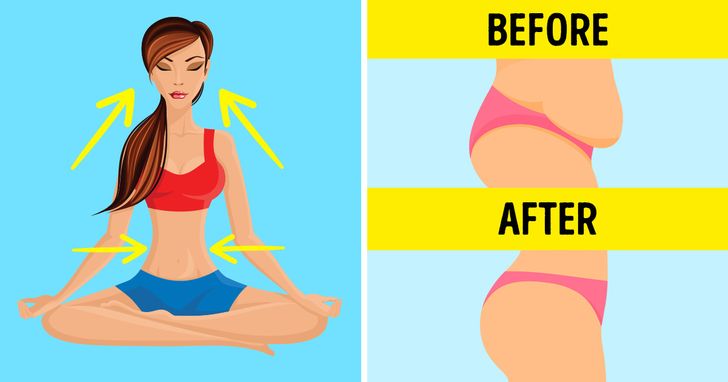I would not want either Body No. 1 or Body No. 2! Gross!
8 Effective Breathing Exercises That’ll Help You Lose Belly Fat
Pranayama, the term denoting conscious awareness of breath, is derived from the Sanskrit word ‘prana’ meaning ‘life force’, and ‘ayama’ meaning ‘extension.’ Pranayama breathing techniques have always been integral part of yoga, enhancing the positive effect of asanas. Add these breathing techniques to your workout and you will see how it improves the result of your exercise results.
If you can’t figure out how to achieve a flat stomach without doing conventional crunches and ab exercises in a gym, you’ll be surprised to know that breathing techniques can be just as effective when it comes to burning your belly fat.
Here at Bright Side we’ve prepared a set of breathing exercises that will help you tone your abdominal muscles.
1. Diaphragmatic breathing
This technique of deep breathing boosts metabolism and helps to burn fat on the top of abdominal muscles.
-
Start by lying on your back on a mat. If you are a beginner, place your hands on your belly so that you can better control your breathing.
-
Slowly inhale through your nose so that your stomach expands under your hands.
-
Exhale through pursed lips so that your stomach falls under your hands. Make sure your chest remains still.
-
Start by doing this for 5-10 minutes. Later on you can increase the time and do this exercise while sitting or standing.
2. Stomach vacuum
This exercise aims at strengthening your inner abdominal muscles.
-
Lie on your back on a mat with your knees bent and feet flat. Inhale slowly as much air as you can.
-
Start exhaling as much air as you can bringing your stomach as close to your spine as possible.
-
Hold the pose for 15 to 20 seconds. Try to breathe normally while you hold the pose.
-
Release the pose with an inhale. You can repeat this exercise for several times. As you do the exercise, inhale through your nose and exhale through your mouth.
3. Skull shining breath
This technique consists of alternating short explosive exhales and long passive inhales.
-
Sit on a mat on your knees or with your legs crossed. Place your hands on your knees.
-
Take a deep breath. Then do a series of forceful short exhales, driving your navel toward your spine with every exhale.
-
Feel your lungs open automatically for a long inhale after a series of short exhales.
-
Do the exercise for 30 to 60 seconds.
4. Alternating nostril breathing
- Sit on your heels or with your legs crossed. Make sure your spine is straight and shoulders are relaxed.
- Place your left hand on your left knee with your palm up. Bring the tips of the thumb and the index finger in contact with each other.
- Place your index and the middle fingers of your right hand on your forehead between your eyebrows. Place your little finger and your ring finger on you left nostril, and your thumb — on your right nostril.
- Gently press your right nostril with the thumb and exhale through your left nostril. Then inhale through the left nostril.
- Press the left nostril with your ring finger and exhale through the right nostril. Then inhale through the right nostril again. These movements make one cycle of the exercise. Do 5 to 10 cycles.
5. Bellows breath (Bhastrika Pranayama)
- Sit on a mat in a comfortable pose with your spine and neck straight and your palms on your knees.
- Relax the stomach muscles and close your eyes. Start inhaling and exhaling forcefully.
- Make sure your breathing is deep, powerful, and rhythmic. Take approximately one second for each inhale and exhale.
- Do the exercise for 5 minutes.
6. Humming bee breathing (Bhramari Pranayama)
- Sit on a mat with your legs crossed. Make sure your shoulders are relaxed and your spine is straight.
- Close your ears with the thumbs and place your index fingers on your forehead, above your eyebrows. Let your ring and middle fingers rest on your closed eyes.
- Slowly inhale and exhale with your mouth closed. Make a humming sound as you breathe out. Feel the vibrations of the sound with your fingers.
- Do several inhales and exhales and then rest your hands on your knees. You have now completed one cycle of the exercise.
- Do 5 to 10 cycles of the exercise.
7. Deep breathing
- Sit in a chair or on the floor on a cushion with your spine and neck straight. Place your hands on your thighs or on your knees. Cross your ankles if you are sitting on the floor.
- Close your eyes. Breathe normally through your nose for about a minute. Relax your facial muscles.
- Exhale to a slow count of 4 and pull your navel toward your spine. Inhale slowly. Make your inhales and exhales the same length. Let all your thoughts go and bring your attention to your breath.
- Do the exercise for 5 to 10 minutes. You can also start with 3-5 minutes of deep breathing if you are a beginner.
8. Abdominal lock (Uddiyana Bandha)
- You can do this exercise standing or on your knees on a mat.
- Completely exhale pressing in your chest and abdomen. Do a mock inhalation with your chest, locking your glottis and preventing air from entering your lungs. Relax your abdomen.
-
Hold your breath and try to inhale while keeping your abdomen relaxed. Your upper abdomen now forms a deep concavity extending up under your rib cage.
-
Release your mock inhalation and let your chest and abdomen drop and release. Equalize the air pressure on the inside and outside of your body with your chest and abdomen while you inhale.
- Do 3 to 5 cycles of the exercise.
Be aware of the risks
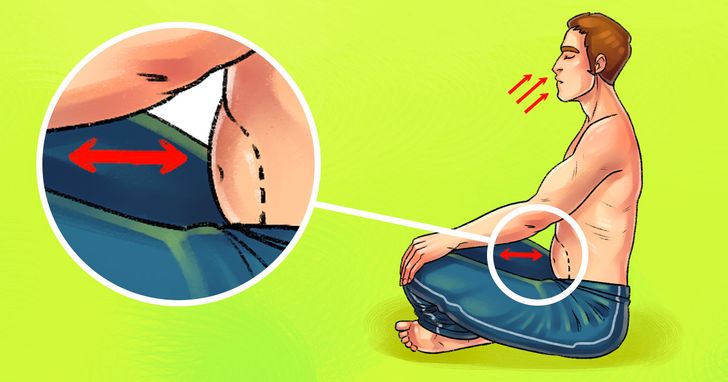
Remember that pranayama techniques, just like any other exercises, have their own risks. Consult your doctor before exercising if you have any health problems.
These breathing exercises have proved themselves to be effective in fighting belly fat. Remember, however, that combining exercises with a healthy diet will improve the results of your workouts.
Which of these breathing exercises would you like to try? Have you ever tried pranayama? Tell us in the comments!
Comments
Related Reads
7 Phrases From Parents That Can Ruin the Relationship Between Siblings Once and Forever

My MIL Let My Child Wander Outside Alone — Her Excuse Was Terrifying
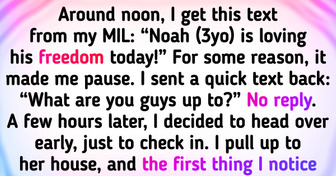
I Didn’t Want My Ex’s Wife at My Daughter’s Wedding — The Result Was Catastrophic

12 Single Dads Share the Raw Truth Of Being the Only Parent
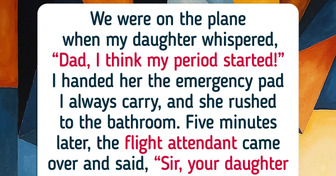
I Found My Childhood Diary. It Revealed a Family Secret I Was Never Meant to Know
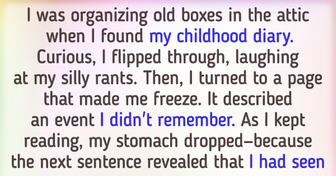
15 Chilling Stories That Put Hollywood Thrillers to Shame

10 Terrifying True Stories to Keep You Awake All Night
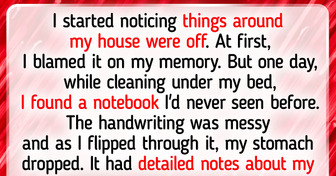
My MIL Left My Toddler Sleeping Alone in the Garage — and Her Reason Chilled Me
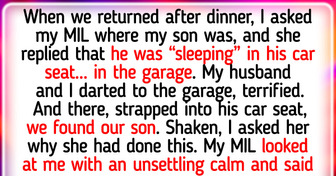
15 Times When a Simple Gift Unexpectedly Changed Someone’s Life

I Caught SIL Secretly Throwing My Meal in the Trash—So I Made Sure She Had Nowhere to Stay
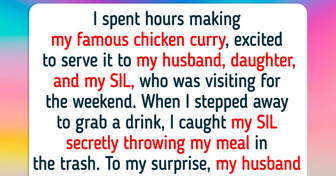
I Believed My New Wife Was Ready to Be a Stepmom—I Was Terribly Wrong

My MIL Excluded Us From the Family Trip Because We Don’t Have Kids, So We Made Her Regret It

